LEGO is not a single toy, but a system of play comprised of
small, interlocking plastic bricks. A handful of six, eight-studded LEGO bricks
can be combined 915,103,765 million ways, allowing a child
to a make anything he or she imagines. It was one of the first toys to be inducted into the National Toy Hall
of Fame in 1998 and named “Toy of the Century” by Fortune magazine in 1999. In 2012, the company earned over $970 million,
making it the most valuable toy company in the world. It is currently estimated to be worth of over $14.6 billion and is still privately owned by the Kristiansen family who founded it in 1932.
 |
Just six, eight-studded bricks can be combined over 900
million ways! |
So much has been written about LEGO already there is little
point in duplicating it here. So this
post will just concentrate on the basics, highlight some little known facts and
share some amazing toy pics.
History
Humble Beginnings

Ole Kirk Christiansen and his family lived the small village of
Billund, Denmark. Pictured here is his original house that has
since been turned into a museum.

Ole Kirk Christiansen and his family lived the small village of
Billund, Denmark. Pictured here is his original house that has
since been turned into a museum.
LEGO’s history begins in 1932, when the Great Depression forced earnest carpenter Ole Kirk Christiansen to shut down his wood working business. With a warehouse full of wood scraps and four sons to feed, Ole decided
to make brightly colored wooden toys with the hope that people would buy them despite their economic woes. Ole was right that
people would like his toys, but wrong to think that people would pay for
them. More often than not, Ole found himself trading his toys for food, just so
his family could survive.
After two years of slow but steady sales, Ole managed to
convince his relatives to lend him enough money to start his own toy company in 1934. Not
wanting to use the family’s name, Ole put up a bottle of his own homemade wine as first prize in a local contest for the best name. In the
end, Ole decided his own entry, “LEGO”, was the best. “LEGO” was Christiansen’s abbreviation for
the words “leg” and “godt” which mean "play well" in Danish. Years later, Christiansen discovered that LEGO
also means “I assemble” or “I put together” in Latin.
From 1934 onwards, LEGO made a small annual profit. This was, no doubt, due to the quality of the toys LEGO produced. Guided by the motto "only the
best is good enough" (sound familiar?), LEGO's seven employees made the
nicest wooden boats, airplanes, toy buggies and yo-yo’s available in Denmark.
By 1945, LEGO had grown from a seven man workshop to a 15 employee factory. While all four of Ole’s son’s
helped with the business, it was Godtfred (his third eldest) who chose
carpentry as his trade. Already at
the age of 12, Godtfred was working alongside his father when he started making toys in 1932. By 1937, Godtfred was designing his own toys and managing the workshop operations. Godtfred became junior managing director 1950
and director in 1958, when Ole died.
The Birth of the LEGO Brick
 |
| This fish, designed by Godtfred Kirk Christiansen, was one of the first plastic toys produced by LEGO |
By 1947, Ole was secure enough in LEGO’s future to invest
twice the previous years’ profits into an injection molding machine. Even though Ole
believed that wooden toys would remain the company’s mainstay, he foresaw that
plastic toys could be a profitable sideline. By 1949, LEGO was selling plastic baby rattles, teddy bears and farm animals alongside its more traditional wooden toys.
 |
A box of the first LEGO "Automatic Binding Bricks'
|
The 1949 product line also included the first LEGO bricks –
or “Automatic Binding Bricks” as they were called back then. These first bricks
had the distinction of being one of the few LEGO products not designed by Ole
or Godtfred. Instead, they were replicas
of demo samples given to Ole when he purchased the injection molding machine. These demo bricks were designed and produced
by Hilary Fisher Page, director of the British Kiddicraft toy company.
 |
Kiddicraft's original building beakers,
inspired by Russian stacking toys |
Page originally founded Kiddicraft in 1932 to import and
sell Russian wooden toys. These toys sold
poorly and Kiddicraft soon went bankrupt. In an effort to improve his product, Page visited nursery schools in southern England to
watch children playing naturally with their toys. Through these observations, Page concluded
that paint was not a particularly safe or durable toy finish. So Page experimented with newly developed
plastic materials to see if he could make a toy that was more hygienic and
attractive.
By 1937, Page was ready to introduce a new range of toys to the British market made entirely of plastic. These toys
included replicas of Kiddicraft’s previous Russian toys, as well as new models
that fully exploited the plastic molding process. These new toys included the Interlocking
Building Cube, which Page patented in 1940.
 |
Hilary Page's original building cubes stacked easly, but had no
system for sticking together, so children's creations would easily fall apart. |
By the end of World War II, the plastics industry had exploded
and most of Page’s toys were flying off the shelves. But not his Interlocking
Building Cubes. These cubes had stiff
competition from other construction toys and never became strong sellers in the UK. While
Page was aware that the Christiansens had seen his designs (in fact, Page may
have physically given them to the Christiansens), it is unlikely that he knew LEGO was
planning on selling them. However, it is also unlikely that Page would have
cared too much, because he was busy expanding Kiddicraft’s range of
miniature replicas at the time.
 |
| Kiddicraft's replicas of vodka, gin and other spirits |
 |
In 1952, LEGO dropped
the name "automatic
binding brick" and marketed
the bricks simply as LEGO
"Mursten"or LEGO bricks.
|
 |
| The original LEGO patent for the "stud and tube system". The tubes on the inside give the bricks their "clutch power". |
A System of Play
 |
| Godtfred Kirk Christiansen became junior managing director in 1950 and intro- duced the LEGO system of play in 1955 |
One reason Godtfred Christiansen had faith in the LEGO brick is because he believed it lent itself to a “system” of play. The idea of a play system was inspired by a chance conversation with the toy buyer Troels Petersen on the ferry crossing to the London Toy Fair in 1954. Petersen was the chief buyer for Copenhagen’s largest department store and complained to Christiansen that the problem with most toys was that they were typically produced as one-offs – i.e. not part of any integrated or imaginative play system. Christiansen was immediately struck by this idea and developed ten principles he thought such a play system should have. These ten “Principles of Play” now underpin every aspect of LEGO toy development.
 |
Godtfred Kirk Christiansen and his children playing with
the LEGO system |
1. Unlimited play potential
2. For girls, for boys
3. Fun for every age
4. Year round play
5. Healthy and quiet play
6. Long hours of play
7. Development, imagination, creativity
8. The more LEGO, the greater its value
9. Extra sets available
10. Quality in every detail
 |
| LEGO introduced its first play system in 1955 |
International Success
 |
| BILOfix was the name LEGO originally gave to its line of construction toys made out of wood. In 1960, Godtfred's three brothers left LEGO to sell wooden toys under the BILOfix name. |
In 1960, LEGO’s entire wooden toy inventory was lost in a
fire that destroyed the Billund warehouse. With this loss, Godtfred decided to stop
wooden toy production all together and concentrate on marketing the bricks
worldwide. Godtfred’s brothers were
opposed to this decision, however, so left LEGO to manufacture wooden toys
under the name of BILOfix. BILOfix lasted until 1972, when the
Christiansen brothers sold it to another Danish toy distributor.
With the departure of his brothers, Christiansen lost no time in marketing the LEGO bricks globally. Already by that time LEGO
bricks were selling well across Europe. By
the end of 1960, LEGO toys were being sold throughout the UK, Ireland and
Australia and by the end of 1961, throughout the USA. By 1966,
LEGO bricks were being distributed in 42 countries worldwide.
Throughout the 60’s, Christiansen (with the support of Futura – LEGO’s development group) continued to expand and refine the LEGO play system. Important innovations introduced by Godtfred Christiansen included:
 |
1961: Wheels as part of the LEGO system
|
 |
| 1971: A dollhouse system for girls |
Kjeld Kirk Christiansen
 |
| Three generations of Christiansen's in 1951 at Ole's 60th birthday. Kjeld spells his last name with a K because of a misspelling on his birth certificate. |
Between 1977 and 2000, Kristiansen introduced the following best-selling sets:
 |
| 1977: LEGO Technic , involving gears, pneumatics and electric motors |
 |
1978: LEGO Castle & LEGO space. These sets also
included the first LEGO minifigures.
|
 |
| 1986: Computerized LEGO Technic robot sets for classroom instruction |
 |
1999: LEGO Star Wars, involving LEGO's first licensing agreement
with an entertainment company -- LucasFilms. |
Diversification, disaster and three moments of truth
 |
The LEGO watch system was introduced in 1996. LEGO
discontinued the watches the early 2000's, but re-intro- duced them in 2009 as theme park exclusives |
 |
| The LEGO Bionicles series was introduced in 2000. Bionicles were action figures based on a series of science fantasy stories, introduced in annual installments between 2000 and 2010. |
Concerned that LEGO's focus was still too narrow,
Kristiansen stepped down as CEO and put Poul Plougmann in charge. Plougmann had
recently improved Bang and Olufsen’s profits by expanding their stereo products and Kristiansen had hoped that he could do the same for LEGO. By 2003, LEGO was offering action figures (Bionicles), a stop motion kit and musical baby
toys alongside their themed sets. But by then, LEGO was almost
bankrupt.
 |
| Kjeld Kirk Kristiansen used 800 million DK of his personal funds to pay off LEGO's debts in 2004. |
So Kristiansen did an about face. He kicked Plougmann out, paid off LEGO's debts and sent LEGO newcomer, Jørgen Vig Knudstorp, out to find out
what went wrong. Knudstorp’s verdict was
that LEGO had lost sight of its core product and first principles. In other words, it was time to get back to the brick.
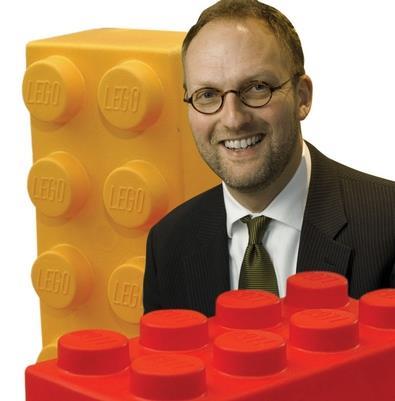 |
| Jørgen Vig Knudstorp started his career as a McKinsey consultant and joined LEGO in 2000 at the age of 32. By 2004, Knudstorp was named CEO of the LEGO Group. |
So that’s what Kristiansen did. He sold the theme parks, discontinued the
less profitable toys and expanded the themed sets. He also put 36 year old Knudstorp in charge
so he could focus on his role as owner of the LEGO Group.
Under Knudstorp’s leadership, LEGO made a stunning recovery, showing a substanstial profit already by 2007. Innovations introduced by Knudstorp
included the expansion of LEGO's licensing agreements and the highly popular minifigure collectible series. Knudstorp also introduced three “moments of truth” to LEGO’s 10 principles of play:
1. When a LEGO toy is advertised, does it make a
child say 'I want this'?
2. Once the child opens the box, does it make the child go 'I want more of this'?
3. One month later, does the child come back to the toy, rebuild it and still play with it? Or does the child put it on the shelf and forget about it?
2. Once the child opens the box, does it make the child go 'I want more of this'?
3. One month later, does the child come back to the toy, rebuild it and still play with it? Or does the child put it on the shelf and forget about it?
In 2010, LEGO was estimated to be the most valuable toy company in the world and has held this position ever since. It is estimated that LEGO is currently worth $14.6 billion.
Educational Value
Toys with vitamins in them
Education is at the heart of LEGO’s core principles. LEGO bricks have the distinction of being
able to teach children important principles while encouraging their
imagination and creativity. One of the
keys to LEGO’s success is its flexibility, providing limitless opportunities
for play. Indeed, there is no one way to
play with LEGO.
LEGO’s flexibility also ensures that it is is developmentally appropriate for children of all ages. Very young children develop fine motor
skills when putting Duplo bricks together and pulling them apart. Older
children learn key principles of math and physics when creating buildings, vehicles or animals. Children learn these principles at their own pace, either by experimenting with the bricks on their own or by following the manual, which is included with all LEGO sets.
LEGO actively supports child learning through LEGO Education
(established in 1980), which develops products for use in classrooms as
part of teaching curriculums. LEGO also
has its own learning institute that conducts research on children’s play to inform the ongoing development of all LEGO products. Quite recently, LEGO announced that it will open its own school in Billund that will emphasise inquiry based learning.
The LEGO Friends Controversy
 |
| A LEGO advertisment targeting girls from the 1970's |
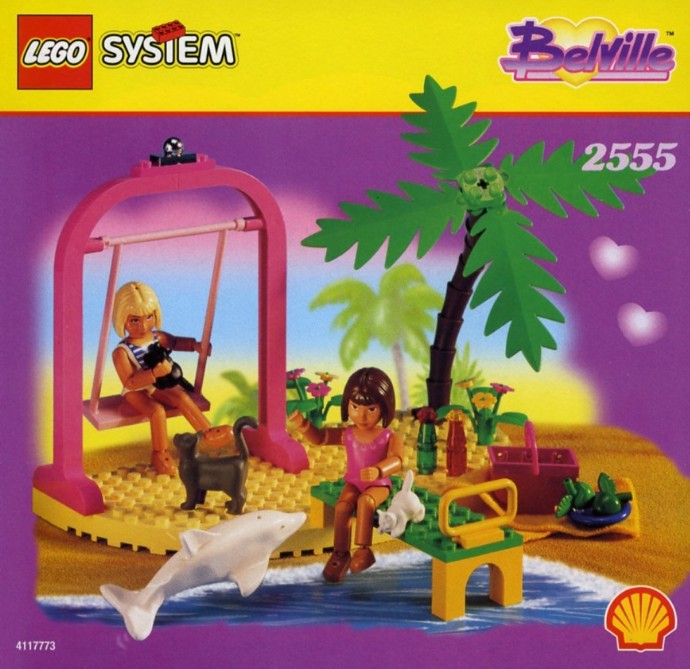 |
LEGO Belville was a play system designed for girl in the 1990's.
The dolls are feminine, but not particularly beautiful.
|
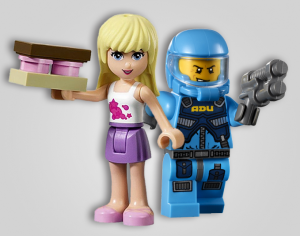 |
LEGO friends are similar in size to the minifigure, but
have a more feminine figure and fashionable clothes |
 |
LEGO Friends sets involve scenes in suburban settings involving
food and animals |
Entertainment Value
Legoland
%20van%20dsc09319.jpg) |
| Wooden hangers designed by Dagny Holm in the 1930's |
Godtfred Kirk Christiansen first became aware of LEGO’s
ability to entertain when he noticed the positive attention LEGO’s promotional
models received at toy fairs and the LEGO factory. These first models were
designed by Godtfred’s cousin, Dagny Holm, who joined LEGO in the early 60’s. Dagny was a trained sculptress who quickly understood the limitless
potential of the LEGO brick. While LEGO’s original designers were modeling
houses, train stations and boats, Dagny introduced a chicken on wheels.
Dagny’s realistic, yet humorous designs resulted in over
20,000 requests to visit the factory a year. In an effort to minimize the disruption caused by these visits, Godtfred
decided to install a permanent outdoor display. One thing led to another and by 1968, LEGO was opening its first theme
park in Billund. At that time, the park
was only three acres and only included Miniland, a driving school, the LEGO train, a puppet theater, Fort Legoredo and the beginnings of an antique toy museum.
 |
| Miniland was one of the first attractions when Legoland first opened in 1968. Miniland was inspired by the popular Madurodam miniature park in Holland. |
The Billund park has since expanded to 45 acres and includes several fast paced rides. There are now six Legoland theme parks worldwide:
Billund, Windsor (UK), California, Florida, Germany and Malaysia. Each
park has an averge of 1.5 million visitors a year.
Licensing arrangements
In 1998, LEGO entered its first licensing agreement
with an entertainment company, Lucas Films Ltd., to manufacture Star Wars themed sets. Prior to then, LEGO resisted offering licensed
products because they felt they limited children’s play options to a specific
theme. In this respect, LEGO was concerned that licensed sets would violate the company's first principle of play: unlimited play potential.
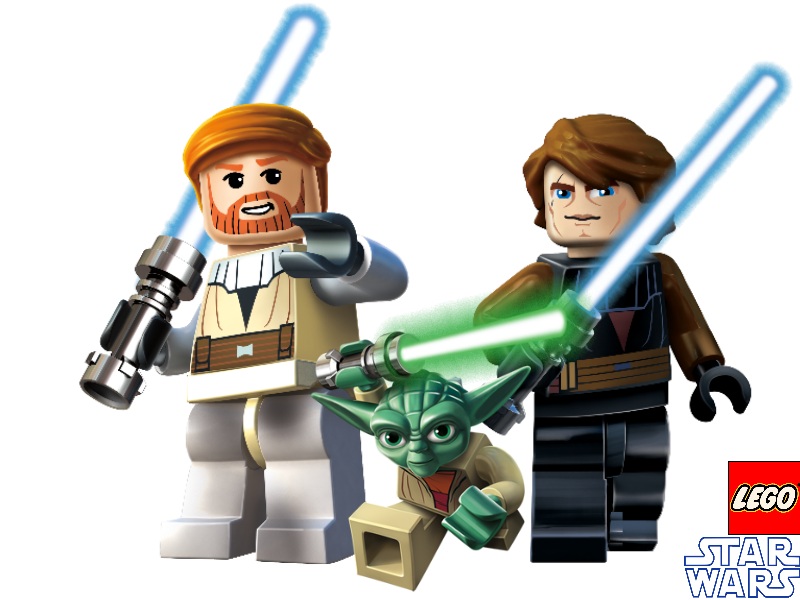
The LEGO Star War series was also controversial because it introduced complex weapons into the play system. Although the weapons were clearly fantasy objects, some felt that they explicitly conflicted with LEGO's anti war philosopy and principles promoting healthy play.

The LEGO Star War series was also controversial because it introduced complex weapons into the play system. Although the weapons were clearly fantasy objects, some felt that they explicitly conflicted with LEGO's anti war philosopy and principles promoting healthy play.
 |
Themed sets based on popular movies, such as Toy Story,
have introduced weapons to LEGO sets
|
“In the LEGO Group, we acknowledge that conflict in play is especially prevalent among 4-9-year-old boys. An inner drive and a need to experiment with their own aggressive feelings in order to learn about other people’s aggressions exists in most children. This in turn enables them to handle and recognize conflict in non-play scenarios. “
Video games and movies
In
1997, LEGO released its first video game. LEGO
Island, for play on personal computers. Since then, LEGO has released 45 video and computer games compatible with various platforms. The majority of these
games feature characters and settings offered through LEGO's themed sets.
 |
The first LEGO movie -- set to be released in 2014 --
involves an ordinary Lego mini-figure trying to stop an evil Lego tyrant from gluing the universe together |
In 2003, LEGO collaborated with Miramax to offer a series of direct-to-video films based on their Bionicles
characters. LEGO has since collaborated with other entertainment companies to produce movies based on the
Star Wars theme, as well as its own Hero Factory and Clutch Powers characters. LEGO is also currently working with Warner
Brothers to complete the LEGO Movie for theatrical release in 2014.
Cool Factor
Not just for children
 |
| LEGO is not just for children. Recently Cambridge Ph.D. student Daniel Strange used LEGO bricks to build scientific instruments to test his research on medical implants. |
LEGO’s intrinsic coolness is also no doubt the reason why many adults collect and play with LEGO. In fact, adults are now the fastest growing segment of the LEGO market, accounting for nearly 10% of LEGO’s annual sales.
 |
LEGO Ambassadors are adult volunteers recruited by
LEGO to provide input to the development of LEGO
products. There are currently 88 ambassadors
worldwide.
|
LEGO as art
 |
In 2009, BBC television presenter James May (Top Gear)
organized 1,00 volunteers to build a livable house out of 3.3 million plastic bricks. |
One of the reasons why LEGO is so popular with adults is
because the little bricks lend themselves well to adult activities. For example, architects and community
planners routinely use LEGO bricks to experiment with designs and develop town
layouts.
 |
| In 1996, Polish artist Zbigniew Libera created a series of fake LEGO sets to artistically explore conditions in Nazi concentration camps. |
LEGO bricks are also popular with artistis. There are now a growing number of ‘brick’ artists who use LEGO to create sculptures for museums and art galleries. These artists include Zbigniew Libera who commissioned grey bricks from LEGO to create seven sets depicting scenes from Nazi concentration camps.
LEGO stop motion
LEGO is extremely popular with stop motion animators. From 2000 to 2002, LEGO collaborated with
Steven Speilberg to offer the “MovieMaker” set which provided children with the
basics for making their own stop motion videos. Movies produced through this set formed the
basis for the Brickfilms website and there are now over 550,000 videos on
YouTube carrying the LEGO tag. The White Stripe’s 2002 “Fell in Love with a Girl” video by Michel Gondry is a famous example of the potential LEGO bricks have for telling an interesting story.
LEGO photography
 |
| The Last Supper by Marco Pece |
LEGO is also very
popular with photographers. There are
currently over 6,000 LEGO groups on the Flickr sharing website. Photographers in Singapore can also attend courses featuring the use of LEGO bricks in still life photography.
Famous LEGO photographers include Brendan Powell Smith, who has used LEGO to recreate scenes from the Bible and Marco Pece who recreates famous works of art with LEGO bricks and minfigures.
Hot Factor
 |
It is estimated that there are 62 LEGO
bricks for every person in the world. |
Since the 1960’s LEGO toys have been at the top of most children’s Christmas list. It is estimated that over 75% of all Western households own at least one LEGO product and that an average of 62 bricks exist for every single person on this earth. Figures like this suggest that LEGO is possibly the hottest toy in the world.
 |
LEGO Ninjango is currently LEGO's second
best seller. The series features fighting Ninjas and fanciful weapons. |
However, it is very clear that some LEGO toys are hotter than others. Historical best
sellers include The Lego Mindstorms Robotics Invention System, LEGO
Castle and LEGO Pirates. Current
bestsellers include LEGO Star Wars, Ninjago, LEGO CITY and LEGO Friends.
Minifigures are also extremely popular with collectors. These small toys are released in "blind box" series of 16 with specific figures ranging in freqency. The most rare figures are traded hotly over the internet. For example, Mr. Gold from Series 10 is currently listed for $1,000 on eBay.
Vintage LEGO sets also command high
prices, especially if they are in an unopened box and are from a popular series. Case in point: an unopened UCS Millennium Falcon set from the 2007 Star Wars series currently lists for the "buy-it-now" price of $12,500 on eBay. Other valuable sets include LEGO Taj Mahal, LEGO Statue of Liberty and LEGO Harry Potter. More information about investing in LEGO can be found at brickpicker.com.
Timelessness
 |
| Matchbox cars are still sold today, but never regained the popularity they had in the 60's after losing a significant portion of their market share to Hot Wheels. |
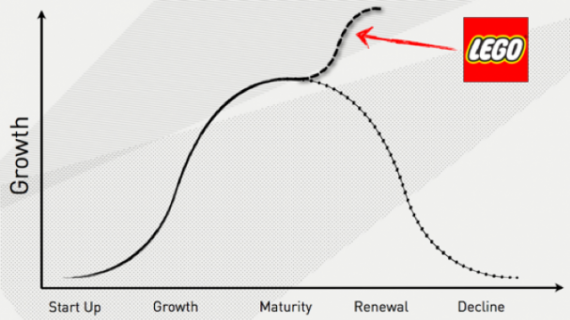 But then there's LEGO. Like the proverbial phoenix, LEGO toys became even hotter after they went into their first spiral of decline. While analysts will forever debate the reasons for this stunning recovery, I believe its all down to one simple truth: there will always be a demand for toys that put children in charge.
But then there's LEGO. Like the proverbial phoenix, LEGO toys became even hotter after they went into their first spiral of decline. While analysts will forever debate the reasons for this stunning recovery, I believe its all down to one simple truth: there will always be a demand for toys that put children in charge.
For the last 80 years, LEGO has made children masters of their own universe through toys that provide them with endless possibilities for play. While each of LEGO's ten play principles contribute to the company's ongoing success, I believe that three features in particular make LEGO toys stand out:
1. Quality: When it comes to kids' toys, it is very true that only the best is good enough. While its nice to believe that this is because children deserve the very best, on a more fundamental level parents and children will ultimately reject toys that do not do what they are supposed to do. LEGO toys never fail in this respect. They stick together when you want them to, but also come apart -- over and over and over again.
2. Inspiration: While LEGO values the importance of open-ended play, the company has also come to recognise that children want their toys to inspire them. I believe this is the secret behind LEGO's most recent success. LEGO's licensed sets give children opportunities for open-ended play in settings that they find exciting and with characters they are enthusiastic about.
3. Dedication: Few toy manufacturers have worked as hard as the Christiansen's have to create toys that are both highly desirable and intrinsically good. Essentially, the LEGO story is about a company doing the right thing for the right reasons. So its good to know that, as of this writing, the history of LEGO is a story with a very happy ending.
The LEGO Photo Gallery
Brick artist Nathan Sawaya does some absolutely amazing sculptures with the LEGO brick:
Brick artist Sean Kenny has also produced some wonderful things:
There are also over 1.6 million photos on the Flickr photsharing website with the LEGO tag on them. Below are a few of my favorites.
Some of the best LEGO photography on the web is by Brendan Powell Smith. Here are some of the best from his Flickr set, but I also highly recommend buying his book.
Bruce Lowell is another favorite Flickr photographer.
Brick artist Sean Kenny has also produced some wonderful things:
 |
| Gorton's Fishermen by Sean Kenney |
There are also over 1.6 million photos on the Flickr photsharing website with the LEGO tag on them. Below are a few of my favorites.
Some of the best LEGO photography on the web is by Brendan Powell Smith. Here are some of the best from his Flickr set, but I also highly recommend buying his book.
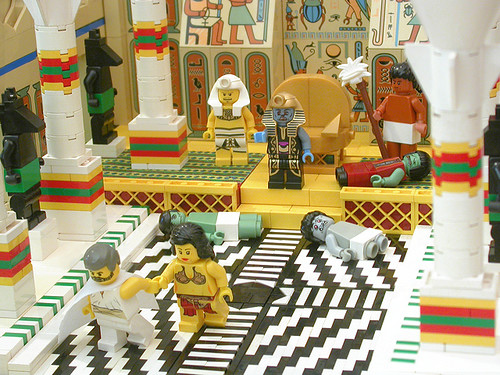 |
God strikes Pharaoh's family with plagues on account of Sarai, by Brendan Powell Smith |
 |
| Creation by Brendan Powell Smith |
Bruce Lowell is another favorite Flickr photographer.
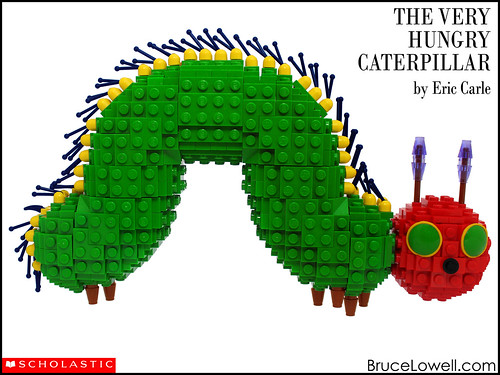 |
| The Very Hungry Caterpillar by Bruce Lowell |
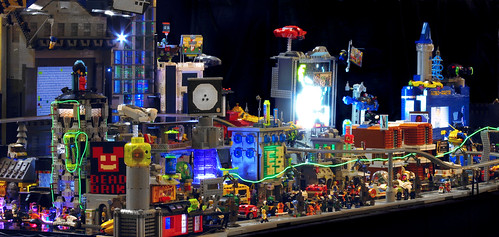 |
| Cybercity by Solo |
Further Information
Books on LEGO:
Wiencek, H. (1987). The World of LEGO Toys. New York: Abrams.
Baichtal, J. and Meno, J. (2011). The cult of LEGO. San Francisco: No Starch Press.
Links to official LEGO sites:
LEGO website: http://www.lego.com
BrickJournal, a LEGO enthusiast’s magazine: http://www.brickjournal.com/
The BrickShow, a website that reviews LEGO and other construction products: http://www.brickshow.tv/
Wikipedia Links:
Wikipedia link on LEGO: http://en.wikipedia.org/wiki/Lego
Wikipedia link on the LEGO Group: http://en.wikipedia.org/wiki/The_Lego_Group
Wikipedia article on the LEGO timeline: http://en.wikipedia.org/wiki/Lego_timeline
Wikipedia article on Educational Toys: http://en.wikipedia.org/wiki/Educational_toy
Articles about LEGO's recovery:
Financial Times article on Knudstorp: http://www.ft.com/cms/s/0/0596a1f0-af27-11e0-914e-00144feabdc0.html#axzz2OjIvJqJD
Bloomberg article on LEGO: http://www.bloomberg.com/news/2013-03-13/lego-builds-new-billionaires-as-toymaker-topples-mattel.html
LEGO’ recovery:
Daily Mail article on Lego’s fall and rise again as a business:
An article from the Independent on the LEGO company:
Article on LEGO recovery.
Articles about LEGO's licensing agreement with LucasFilms:
LEGO’s relationship with Lucasfilms: http://aboutus.lego.com/en-us/news-room/2012/february/The-Force-Remains-with-The-LEGO-Group
LEGO’s licensing history:
Links to LEGO Artists:
LEGO Artist Bruce Lowell:
LEGO Artist Nathan Sawaya: http://brickartist.com/
Articles about LEGO's popularity:
6 reasons why Lego is the best toy ever:
Mom blog:
Fortune magazine article on best products of the century:
http://money.cnn.com/magazines/fortune/fortune_archive/1999/11/22/269110/index.htm
Neatorama blog:
Daily Mirror article – parents vote Lego the best toy ever:
http://www.mirror.co.uk/news/uk-news/lego-voted-greatest-toy-ever-269519
Information about the Christiansen family:
http://brickfetish.com/timeline/1950.html
LEGO Friends controversy:
Business Week article on LEGO bestsellers: http://www.businessweek.com/articles/2013-02-22/for-lego-pink-is-the-new-black
Business Week article on the development of LEGO friends:
NYT article on LEGO friends
Guardian article on LEGO friends:
Misc.
Information about Hilary Fisher Page:
Time magazine article on Google founders Larry Page and Sergey Win:
LEGO and guns
http://www.dailymail.co.uk/news/article-454231/Lego-upsets-parents-producing-guns-childrens-play-sets.html
Guardian article on the first LEGO school: http://www.guardian.co.uk/education/2013/apr/22/lego-school-building-learning?INTCMP=SRCH
Guardian article on the first LEGO school: http://www.guardian.co.uk/education/2013/apr/22/lego-school-building-learning?INTCMP=SRCH



















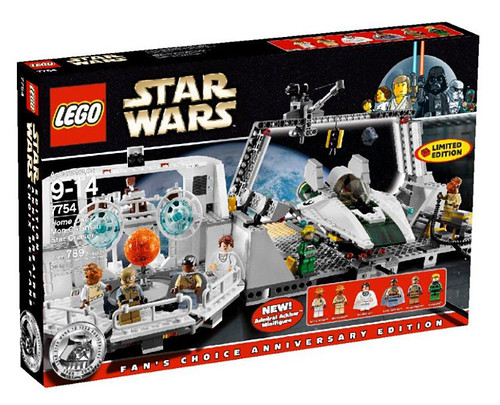



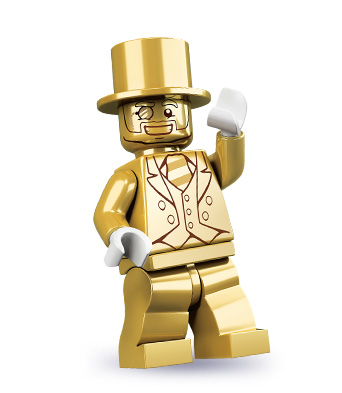





.jpg)
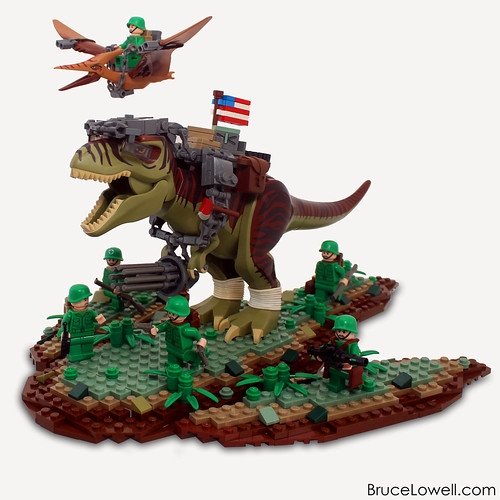

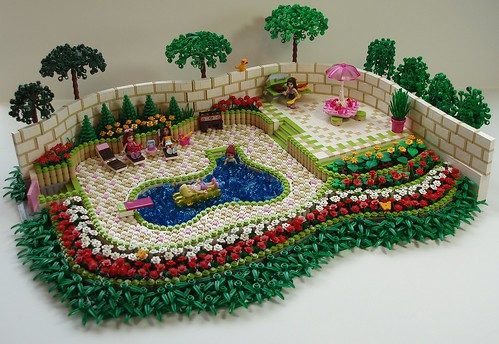


I was obsssed with lego when I was a kid. I found lego ice cubes recipe that can surprise children: Lego Ice Cubes It turned from purple to blue color.
ReplyDelete